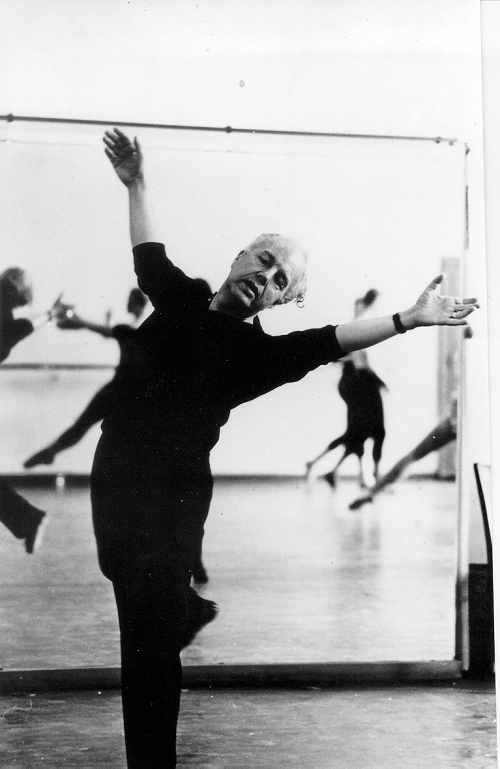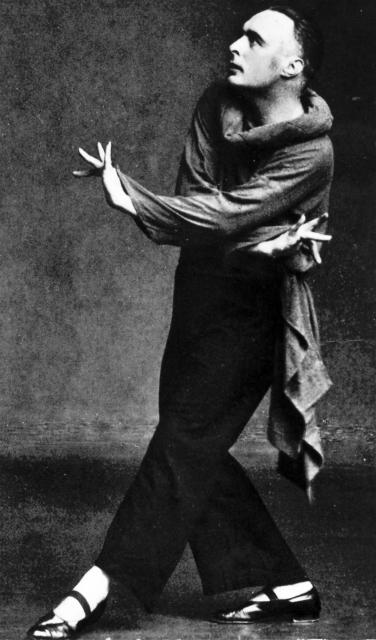 Kurt Jooss was born in Germany in 1901. Jooss began his dance training with Rudolf Laban in 1920 and quickly came to embody Laban's techniques. After training with Laban, Jooss was introduced to Sigurd Leeder, who was also trained in Laban Movement and was trained in Labanotation. Jooss trained with Leeder and eventually began collaborating and producing works together for Jooss’ company.
Kurt Jooss was born in Germany in 1901. Jooss began his dance training with Rudolf Laban in 1920 and quickly came to embody Laban's techniques. After training with Laban, Jooss was introduced to Sigurd Leeder, who was also trained in Laban Movement and was trained in Labanotation. Jooss trained with Leeder and eventually began collaborating and producing works together for Jooss’ company. Rudolf Laban
Rudolf Laban
Jooss was mostly influenced by Rudolf Laban’s technique. It was this influence that shaped his dancing and choreographic skills. With this being said, Jooss’ works tended to stray away from Laban’s ideas, seeing as that movement technique was where Jooss had the most experience. Jooss tended to work with “social identity” in movement instead of the expressionism of Laban’s Movement Technique.
 Laban shown with an example of Labanotation
Laban shown with an example of Labanotation

Jooss-Leeder Ballet Company or "Ballet Jooss"





